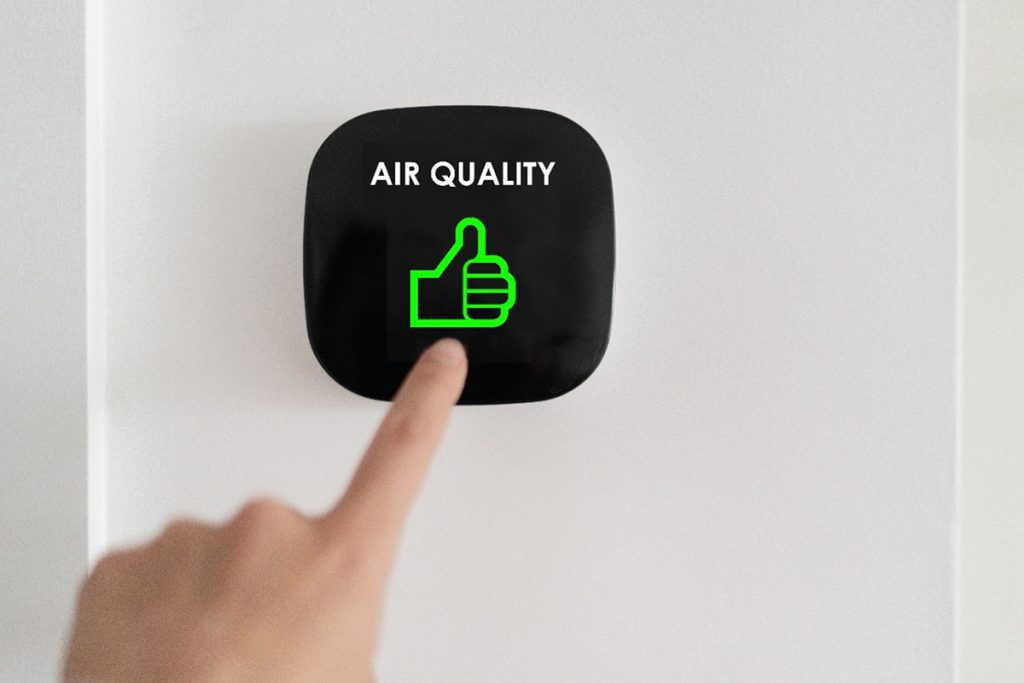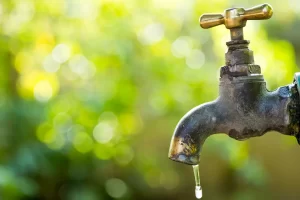When we think about indoor air quality, we often focus on factors like ventilation, air purifiers, and cleaning routines. However, there’s a hidden player in this equation that significantly impacts the air we breathe within our homes – plumbing systems. The connections between plumbing and indoor air quality might not be immediately apparent, but they are undeniably crucial. In this blog, we’ll explore the often-overlooked role of plumbing in indoor air quality and provide valuable tips for creating a healthier home environment.
The Interconnection: Plumbing and Indoor Air Quality
While plumbing is primarily associated with water distribution and drainage, its impact on indoor air quality stems from the potential for mold growth, moisture buildup, and the release of harmful gases. Plumbing systems are intricate networks of pipes and fixtures that transport water throughout our homes. If not properly maintained, these systems can become breeding grounds for various problems that negatively affect indoor air quality.
Mold Growth and Moisture Accumulation: Leaky pipes, faucets, and faulty seals can lead to moisture accumulation in hidden spaces. Damp areas provide a breeding ground for mold and mildew, which release spores into the air, leading to respiratory issues and allergies.
Harmful Gases: Plumbing systems can also harbor gases like radon, which can enter homes through groundwater. Radon is a radioactive gas that can accumulate indoors and is a leading cause of lung cancer. Additionally, sewer gases like hydrogen sulfide can escape from faulty plumbing traps, causing foul odors and potential health hazards.
Volatile Organic Compounds (VOCs): VOCs can be found in plumbing materials like adhesives, solvents, and cleaners. When these materials interact with water or deteriorate over time, they can release harmful chemicals into the air, affecting indoor air quality.
Tips for Improving Indoor Air Quality through Plumbing
Now that we understand the potential implications of plumbing on indoor air quality, let’s delve into practical steps you can take to ensure a healthier home environment:
Regular Plumbing Inspections: Schedule regular plumbing inspections to detect leaks, drips, and other issues that might lead to moisture buildup. Prompt repairs prevent mold growth and improve indoor air quality.
Proper Ventilation: Adequate ventilation is essential in areas with high humidity, such as bathrooms and kitchens. Install exhaust fans that vent to the outside to prevent excess moisture accumulation.
Seal Plumbing Penetrations: Pipes that pass through walls and floors can create openings for air and moisture to infiltrate. Properly seal these penetrations to prevent the entry of unfiltered air and moisture.
Maintain Drainage Systems: Ensure that your drainage systems, including sinks, showers, and toilets, are functioning properly. Standing water can attract pests and contribute to mold growth.
Avoid Chemical Overuse: Be mindful of the chemicals you use in your plumbing system. Harsh drain cleaners and chemicals can deteriorate pipes and release harmful fumes. Opt for environmentally friendly alternatives.
Address Sewer Gas Issues: If you notice foul odors in your home, especially near drains or plumbing fixtures, it might indicate sewer gas leakage. Contact a professional plumber to address the issue promptly.
Use High-Quality Plumbing Materials: When renovating or installing new plumbing fixtures, opt for high-quality materials with low VOC emissions. This helps minimize the release of harmful chemicals into the air.
Insulate Pipes: Insulating pipes can prevent condensation and reduce the risk of moisture-related issues. Insulated pipes are less likely to sweat and create damp environments.
Monitor Water Quality: Poor water quality can impact both plumbing systems and indoor air quality. Test your water for contaminants and install appropriate filtration systems if needed.
Educate Yourself: Stay informed about the potential indoor air quality implications of plumbing issues. Knowing the signs and taking proactive steps can make a significant difference in maintaining a healthy home.
While we often associate indoor air quality with factors like ventilation and air purifiers, plumbing plays an equally important role in maintaining a healthy home environment. The connections between plumbing systems and indoor air quality might not be immediately obvious, but they are undoubtedly impactful. By following the tips outlined in this article, you can proactively improve your plumbing system’s condition, prevent moisture-related problems, and ultimately create a space where clean, fresh air prevails. Remember, a healthier home begins with understanding and addressing the often-overlooked aspects of indoor air quality, and your plumbing is a significant piece of that puzzle.



